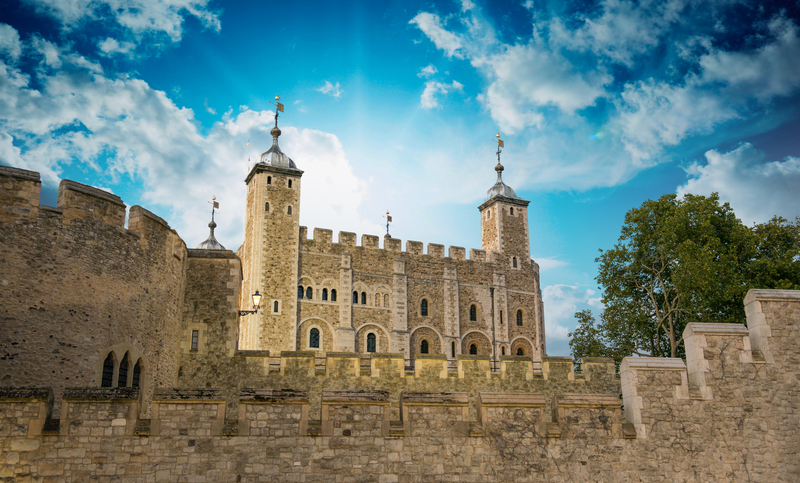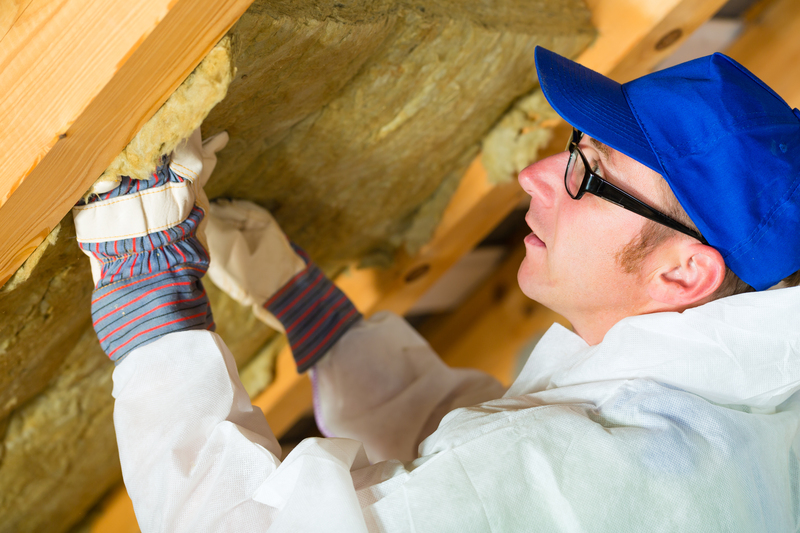Protecting Hardwood Floors from Damage
Posted on 02/07/2025
Introduction
Hardwood floors are a beautiful and timeless addition to any home. They add a touch of elegance and warmth to your living spaces. However, to maintain their allure, it's essential to protect hardwood floors from damage. This article will provide you with valuable tips and insights into safeguarding your floors, ensuring they remain in pristine condition for years.

Understanding Hardwood Floors
Before diving into protection strategies, it's crucial to understand what makes hardwood floors susceptible to damage. Hardwood floors are typically made from solid wood or engineered wood. They are vulnerable to scratches, moisture, and other elements that can affect their appearance and durability.
Common Causes of Hardwood Floor Damage
Numerous factors can damage hardwood floors, including:
1. **Furniture**: Dragging heavy furniture without proper protection can lead to scratches and dents.
2. **Moisture**: Exposure to excessive water or high humidity levels can cause the wood to warp or rot.
3. **High Traffic**: Areas with high foot traffic are prone to wear and tear.
4. **Pets**: Pet claws can scratch the surface, while accidents can lead to stains.
5. **Sunlight**: Direct sunlight can fade and discolor hardwood over time.
Protecting Hardwood Floors from Scratches
Scratches are the most common type of damage to hardwood floors. To prevent them:
1. **Use Area Rugs and Mats**: Place rugs or mats in high-traffic areas, such as entryways or hallways, to reduce wear.
2. **Felt Pads**: Attach felt pads to the bottom of furniture legs to prevent scratches when moving them.
3. **Shoes Off Policy**: Encourage a no-shoe policy indoors. Shoes, especially high heels, can cause significant damage.
4. **Regular Cleaning**: Sweep or vacuum floors regularly to remove dirt and debris that could scratch the surface.
Protecting Hardwood Floors from Moisture
Moisture is another culprit of hardwood floor damage. To protect against it:
1. **Wipe Spills Immediately**: Clean up any liquid spills promptly to prevent the wood from absorbing moisture.
2. **Humidity Control**: Maintain indoor humidity levels between 35-55% to prevent wood from expanding or contracting.
3. **Waterproof Mats**: Use waterproof mats near sinks and dishwashers to catch any splashes.
4. **Sealing**: Periodically apply a protective sealant to the floor to create a moisture barrier.
Protecting Hardwood Floors from Sunlight
Sunlight can cause hardwood floors to fade and discolor. Here's how to protect them:
1. **Window Treatments**: Use curtains, blinds, or UV-protective window films to shield floors from direct sunlight.
2. **Area Rugs**: Placement of rugs in sun-exposed areas can reduce fading.
3. **Rearrange Furniture**: Periodically move furniture to ensure consistent exposure and avoid uneven discoloration.
Tips for Regular Maintenance
Routine maintenance is key to preserving hardwood floors:
1. **Dust and Sweep**: Dust or sweep your floors daily to prevent dirt buildup.
2. **Use the Right Cleaners**: Use pH-neutral cleaners specifically designed for hardwood floors.
3. **Refinishing**: Consider refinishing your hardwood floors every few years to restore their shine and protect the surface.
4. **Floor Protectors**: Install floor protectors on the legs of your furniture to reduce the risk of scratches.
Pros and Cons of Hardwood Floors
**Pros:**
1. **Durability**: High quality and well-maintained hardwood floors can last for decades.
2. **Aesthetic Appeal**: They offer a timeless and elegant look that can enhance the beauty of any space.
3. **Increase Home Value**: Hardwood floors can add to the resale value of your home.
4. **Easy to Clean**: They are relatively easy to clean with regular sweeping and mopping.
**Cons:**
1. **Cost**: Hardwood floors can be expensive to install and maintain.
2. **Susceptibility to Damage**: They are prone to scratches, moisture damage, and UV fading.
3. **Hard Surface**: Although this can be a pro for some, the hardness of wood floors can be uncomfortable to stand on for long periods.

Important Takeaways
Protecting hardwood floors from damage involves understanding the sources of harm and adopting preventative measures:
1. **Use mats and rugs** to reduce wear and tear in high-traffic areas.
2. **Attach felt pads** to furniture to prevent scratching.
3. **Control indoor humidity** to minimize moisture damage.
4. **Utilize window treatments** to protect floors from UV light.
5. **Regular maintenance** is crucial to keep your floors in good condition.
Conclusion
Maintaining the elegance and durability of hardwood floors requires proactive care and regular maintenance. By understanding the common causes of damage and implementing the best protective practices, you can ensure that your hardwood floors remain a stunning aspect of your home for years to come. Whether it's through the use of rugs, humidity control, or protective sealants, taking steps to protect your hardwood floors will preserve both their beauty and value.







